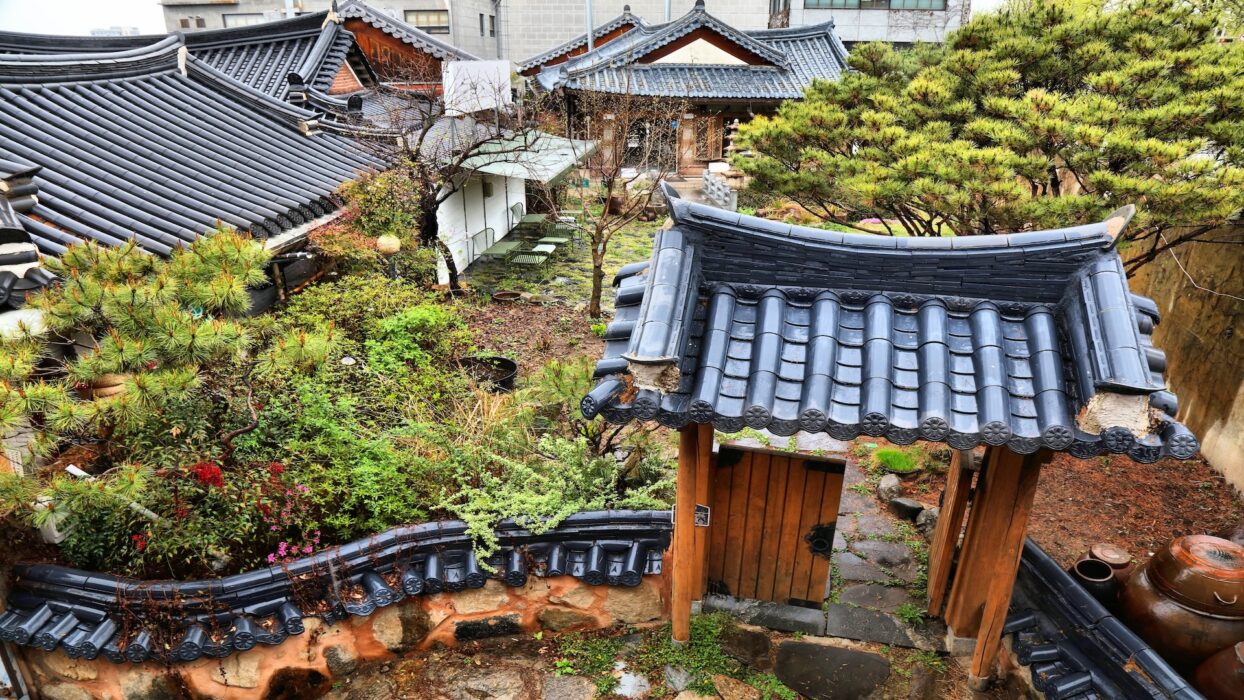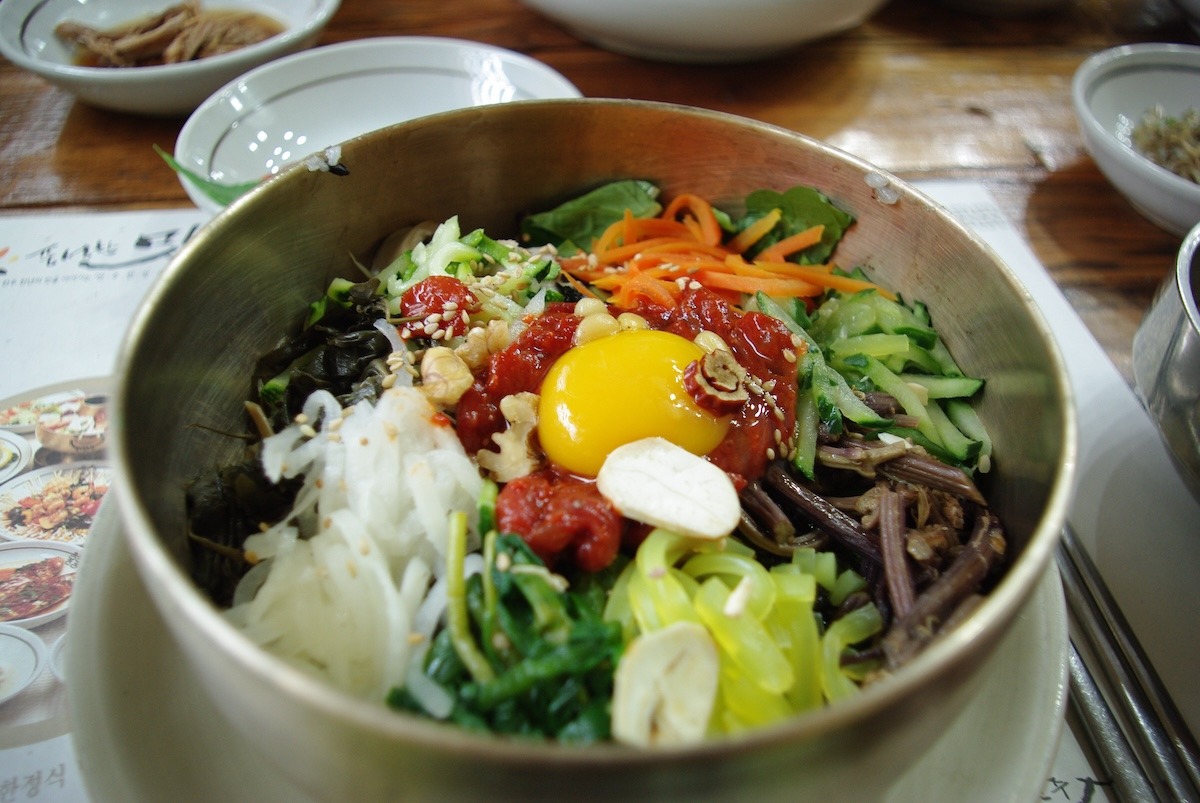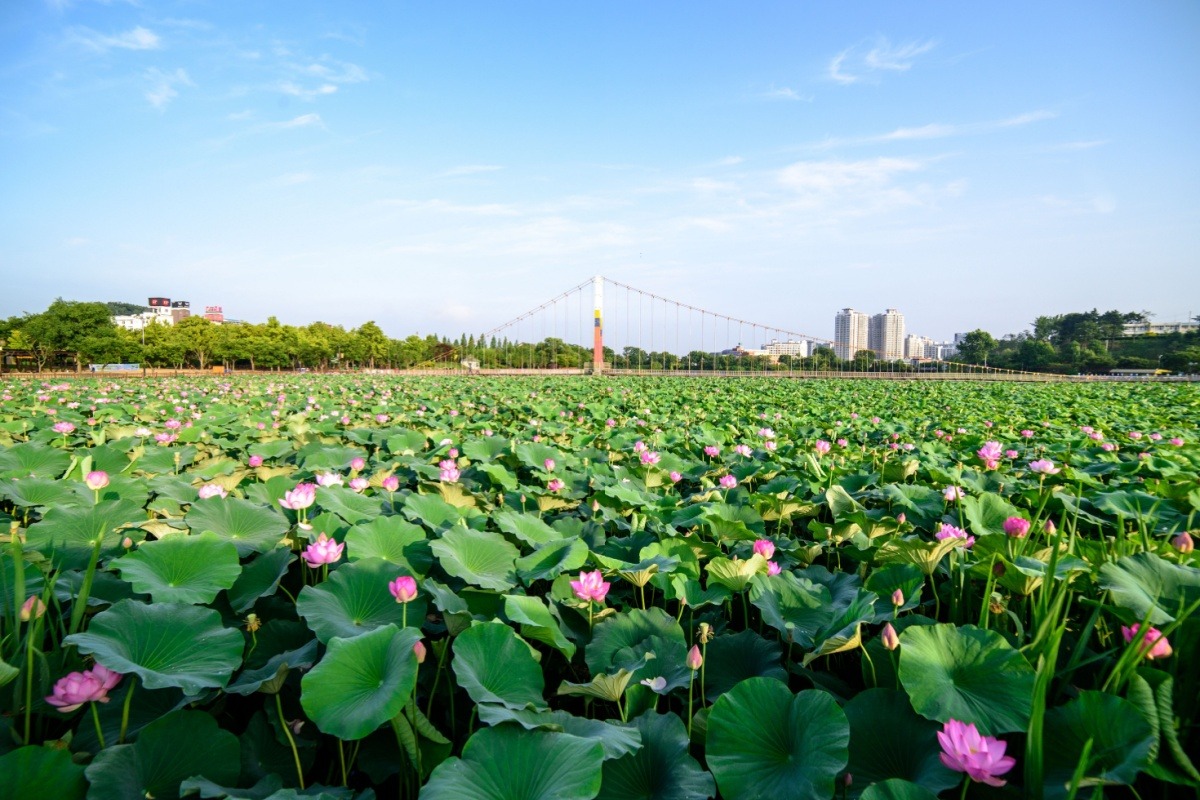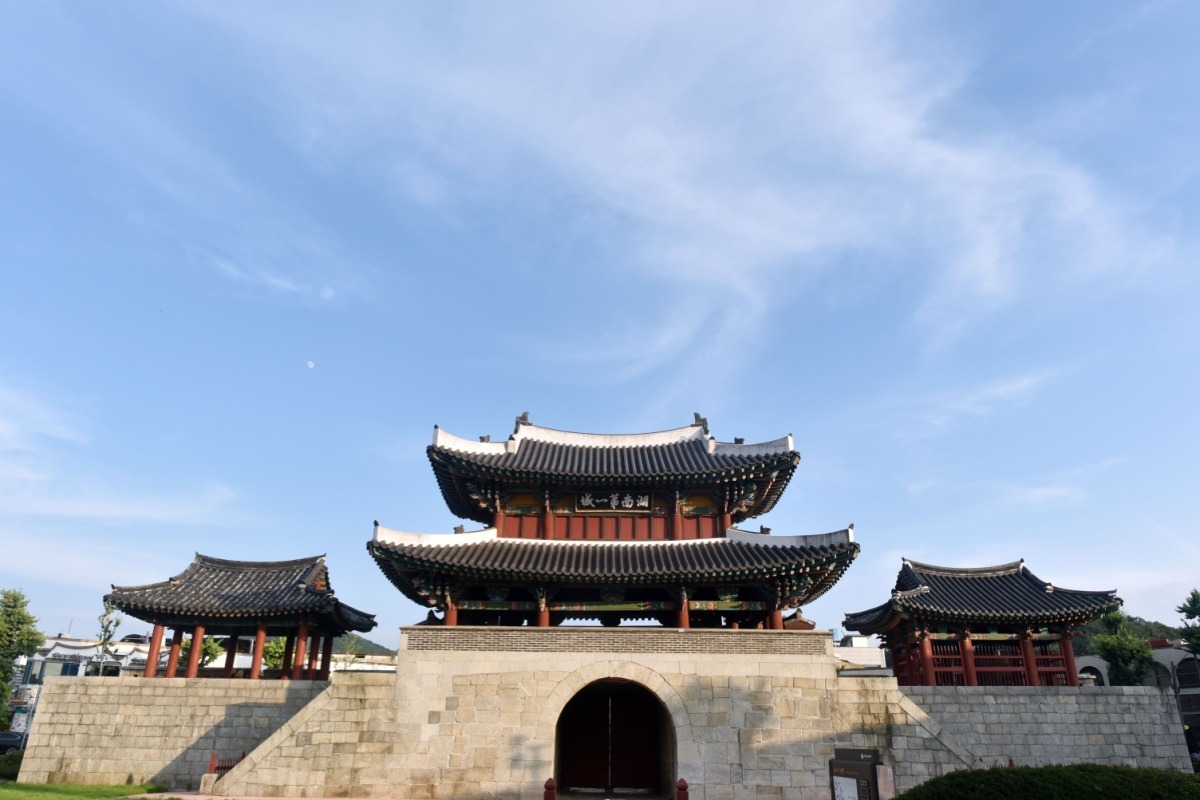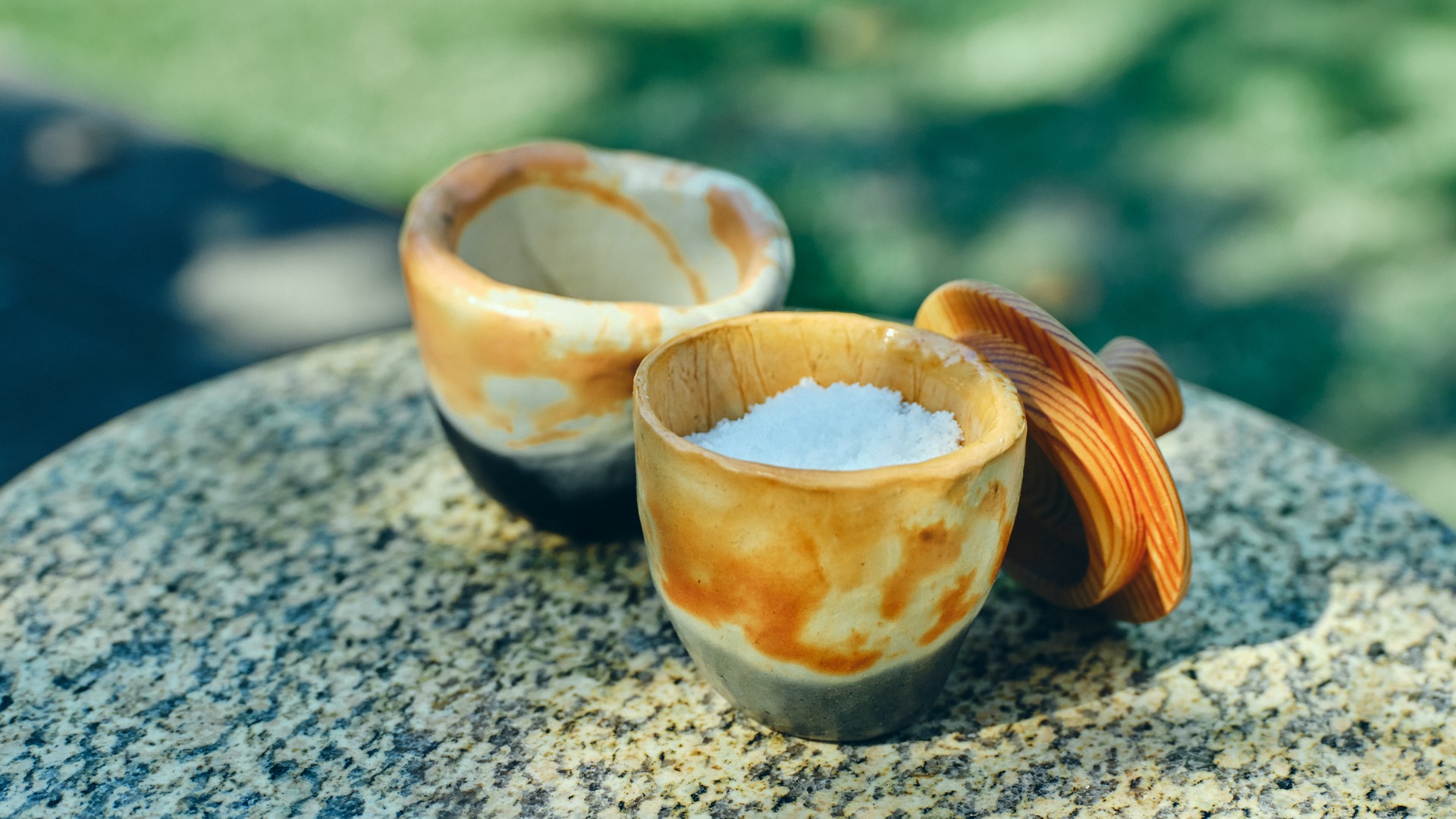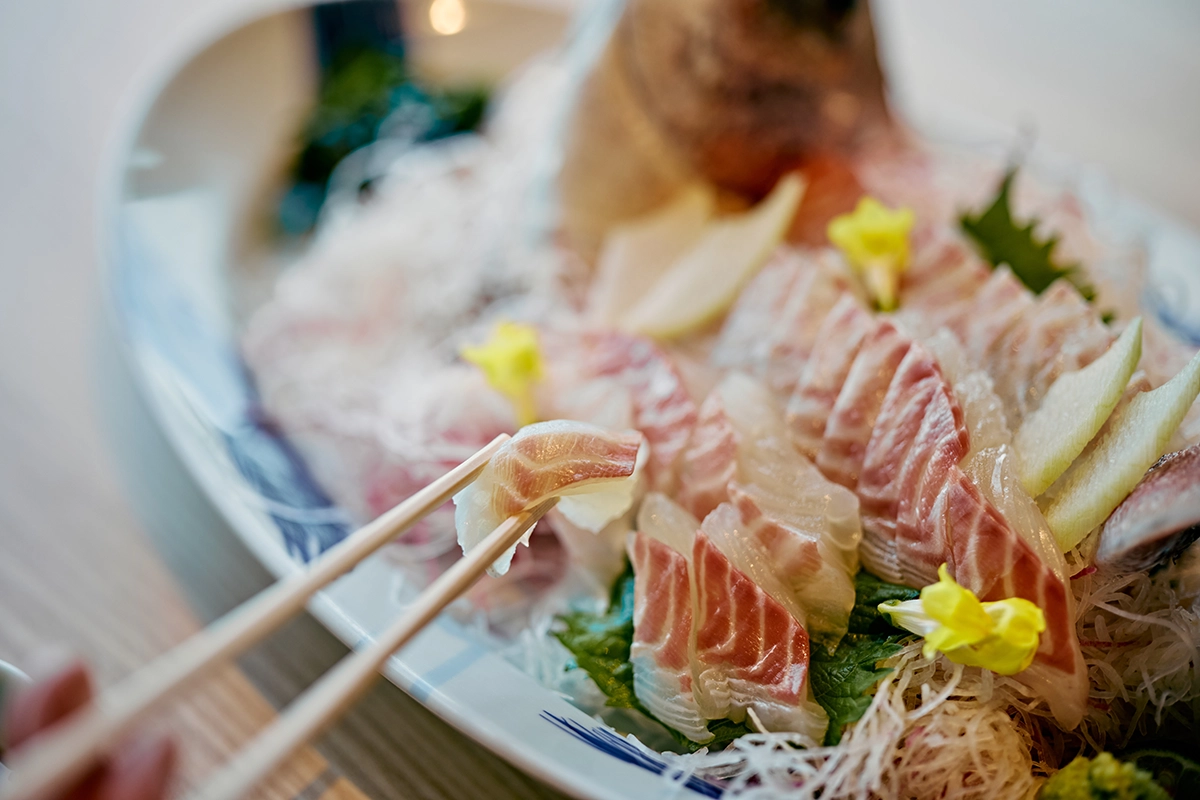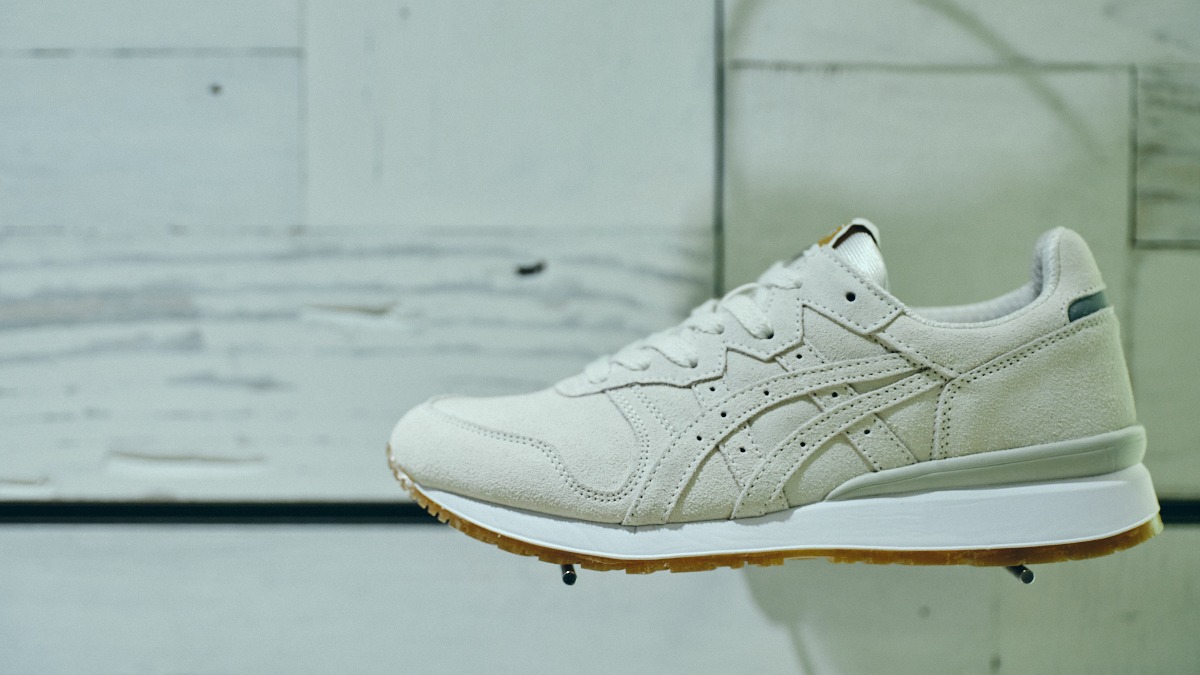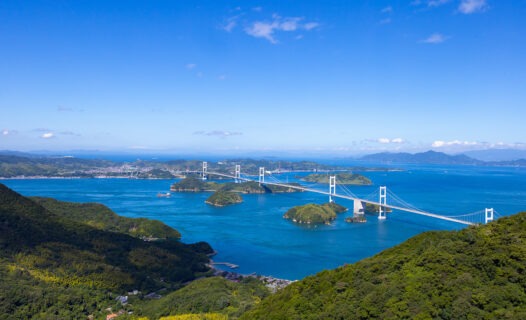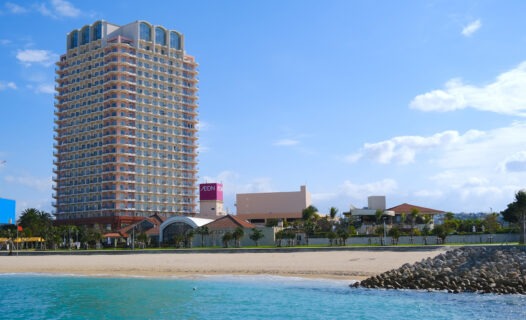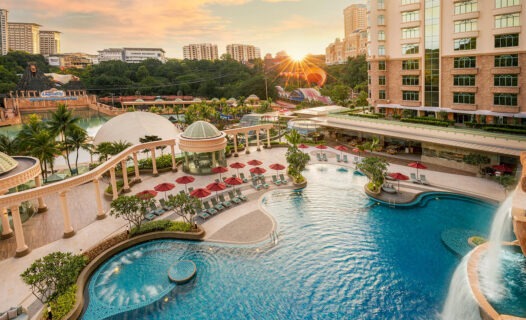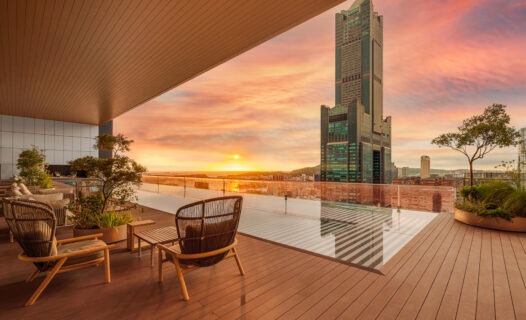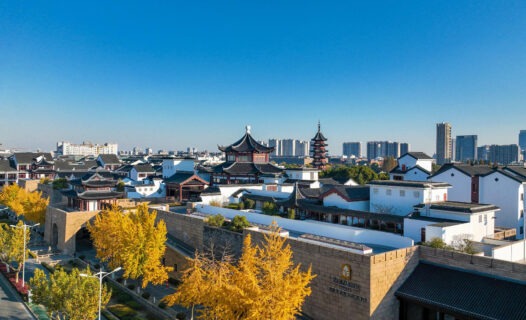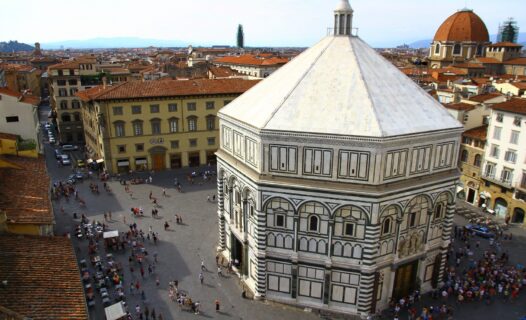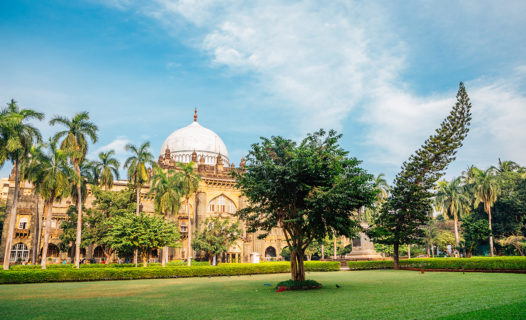Welcome to Jeonju-si, a city rich in history, culture, and culinary delights! Whether you’re a first-time visitor or a seasoned traveler, Jeonju-si offers a plethora of attractions that will captivate your heart. From traditional hanok villages to delicious local cuisine, let’s explore the best this charming city has to offer.
Jeonju Hanok Village: A Step Back in Time
No visit to Jeonju-si is complete without exploring the Jeonju Hanok Village. This well-preserved village is home to over 800 traditional Korean houses called ‘hanok’. As you wander through the cobblestone streets, you’ll be transported back in time, experiencing the architectural beauty and cultural history of South Korea.
The Hanok Village is also a cultural hub, offering hanbok (traditional Korean attire) rental shops, tea houses, and craft workshops. Spend a day immersing yourself in the unique charm of this historic area.
Gyeonggijeon Shrine: A Glimpse into Royal History
The Gyeonggijeon Shrine, built in 1410, houses the portrait of King Tae-jo, the founder of the Joseon Dynasty. The shrine offers insights into Korea’s royal history and features beautiful, serene gardens that are perfect for a leisurely stroll.
The complex also includes the Royal Portrait Museum, where you can view historical artifacts and learn more about the fascinating history of the Joseon era.
Nambu Market: The Heart of Jeonju’s Street Food Scene
Nambu Market is a must-visit for food lovers. This bustling market offers a wide array of delicious Korean street food, from Jeonju bibimbap to local delicacies. Don’t miss the Night Market, where you can sample a variety of dishes in a lively atmosphere.
In addition to food, Nambu Market has numerous stalls selling clothing, accessories, and traditional crafts, making it a perfect spot for some souvenir shopping.
Omokdae & Imokdae: Scenic Viewpoints
For stunning views of Jeonju-si, head to Omokdae & Imokdae. These two pavilions, located on a hill overlooking the city, offer breathtaking panoramas and are perfect for photography enthusiasts.
The pavilions are historically significant, as they were places frequented by King Taejo during the foundation of the Joseon Dynasty. The surrounding walking trails provide a peaceful escape from the urban hustle.
Deokjin Park: Nature’s Tranquility
If you’re looking for a peaceful retreat, Deokjin Park is the place to be. This beautiful park features a large lotus pond that blooms spectacularly in summer. The park is a popular spot for picnics, leisurely walks, and family outings.
Jeondong Catholic Cathedral: Spiritual and Architectural Beauty
The Jeondong Catholic Cathedral, completed in 1914, is one of Korea’s most beautiful churches. Combining Romanesque and Byzantine architectural styles, the cathedral’s stunning facade and interior make it a popular spot for both worship and tourism.
Situated near Jeonju Hanok Village, the cathedral is easily accessible and provides a tranquil space for reflection. The surrounding area is equally captivating, with charming streets and local eateries to explore.
Pungnammun Gate: A Historic Fortress
Pungnammun Gate is the only remaining gate of Jeonju’s old city walls. Built during the Joseon Dynasty, the gate stands as a testament to the city’s historical significance. Visitors can enjoy panoramic views of the surroundings.
Located close to the Hanok Village, the Pungnammun Gate area is often bustling with cultural performances and local festivities, offering a vibrant atmosphere for travelers to experience.
Jaman Mural Village: An Artistic Retreat
Art enthusiasts should not miss the Jaman Mural Village. This hillside village is adorned with colorful murals and street art, making it a lively and vibrant area to wander through. Each alley and building is a canvas, showcasing the creativity of local artists.
The village also offers several cozy cafes where visitors can relax and enjoy scenic views of Jeonju-si. It’s a perfect spot to soak in the artistic ambiance and take memorable photographs.
Korea Traditional Culture Center: Dive into Heritage
The Korea Traditional Culture Center offers an immersive experience into Korean culture. Here, visitors can participate in traditional craft workshops, watch cultural performances, and learn about Korea’s rich heritage through various exhibits.
Located near Jeonju Hanok Village, the center is a gateway to understanding the cultural depth of Jeonju-si. Whether you’re interested in learning traditional dance, trying your hand at pottery, or simply exploring the exhibits, this center has something for everyone.
Practical Information for Travelers
Getting There: Jeonju-si is accessible by train, bus, and car. The KTX high-speed train from Seoul takes about 2-3 hours.
Transportation: Buses and taxis are the primary means of transportation within the city. Biking is also a popular option for exploring Jeonju Hanok Village.
Weather: The best times to visit Jeonju are spring (April to June) and autumn (September to November) when the weather is mild and pleasant.
Language: Learning a few basic Korean phrases can be helpful, though many tourist areas have English signage and staff who speak English.
Personal Traveler Stories
Many travelers have shared their delightful experiences in Jeonju-si. For instance, Sarah, a traveler from the United States, describes her visit to Jeonju Hanok Village as a journey back in time. “Wearing a hanbok and walking through the traditional houses was an unforgettable experience,” she recalls.
Jonathan, a culinary enthusiast from Australia, was enamored by the food scene in Jeonju. “The street food at Nambu Market was out of this world! Jeonju bibimbap is a must-try,” he says.
From historical landmarks and vibrant markets to serene parks and cultural experiences, Jeonju-si has something for every traveler. Plan your visit today and immerse yourself in the rich heritage and charm of this beautiful city.

